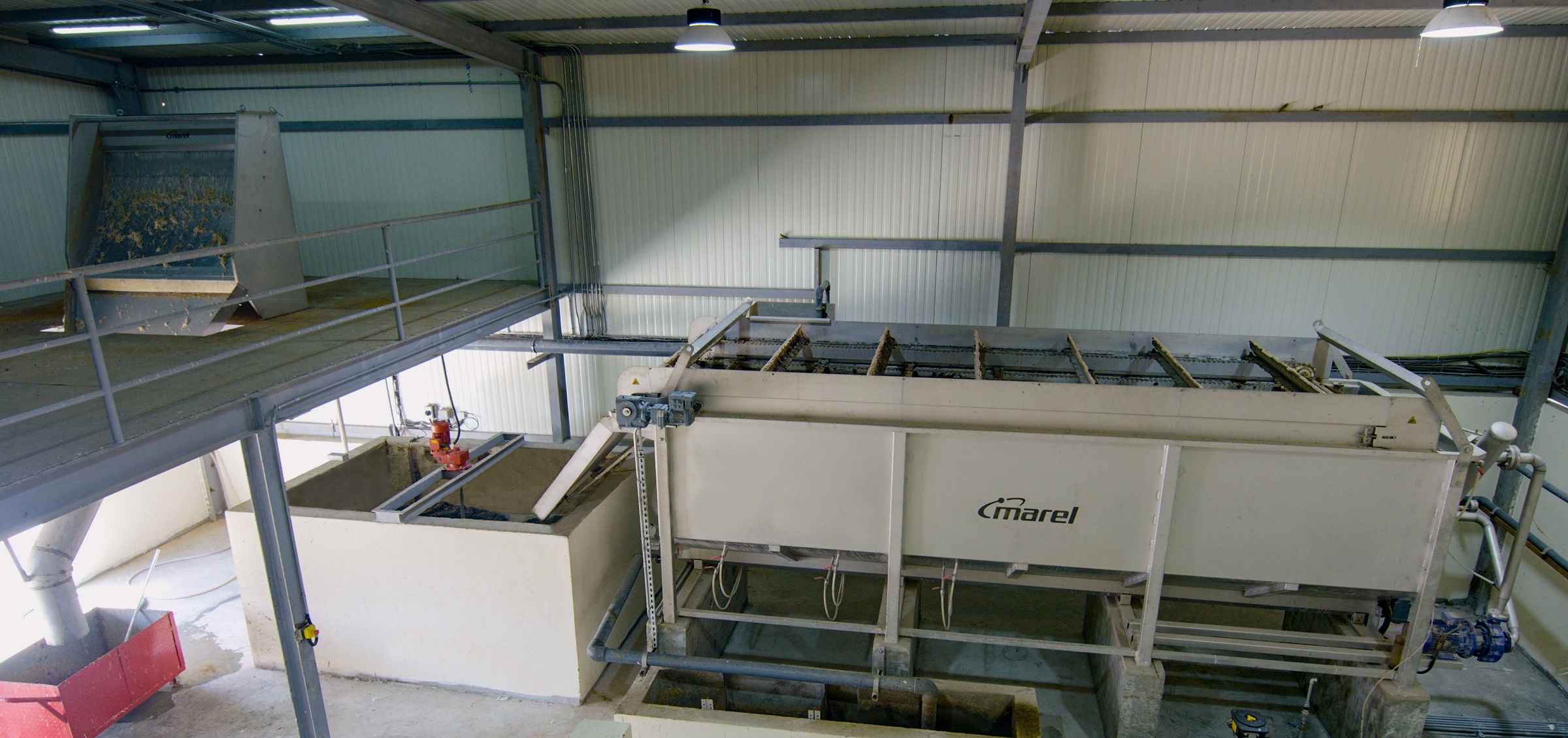One clear example of this is the Mazzraty poultry processing plant in Qatar, equipped with a well thought-out water management system. The facility is designed to not waste or leave behind residual material from before, during or after processing. Mazzraty benefits from this cycle by reusing cleaned wastewater from the factory as irrigation water for the surrounding fields of land.
Poultry meat is really the protein of the future, as its CO2 emissions are naturally low. Another reason is that chicken production requires far fewer resources, such as fertilizer and land use.
Water isn’t lost
Other figures also provide evidence that poultry meat is a sustainable protein source. A study by Bill and Melinda Gates Foundation confirmed that chickens are also far more water-efficient. Using 2,000 liters of water to produce 1 kilo of chicken meat, chicken production uses a fairly modest amount of water. Just to compare, 1 kilo of chocolate needs 17,000 liters of water. However, ‘water use’ doesn’t mean that this water is ‘lost’. Recycling options are available to treat the water and make it fit for a renewed use. The poultry industry has elaborated solutions for this.



